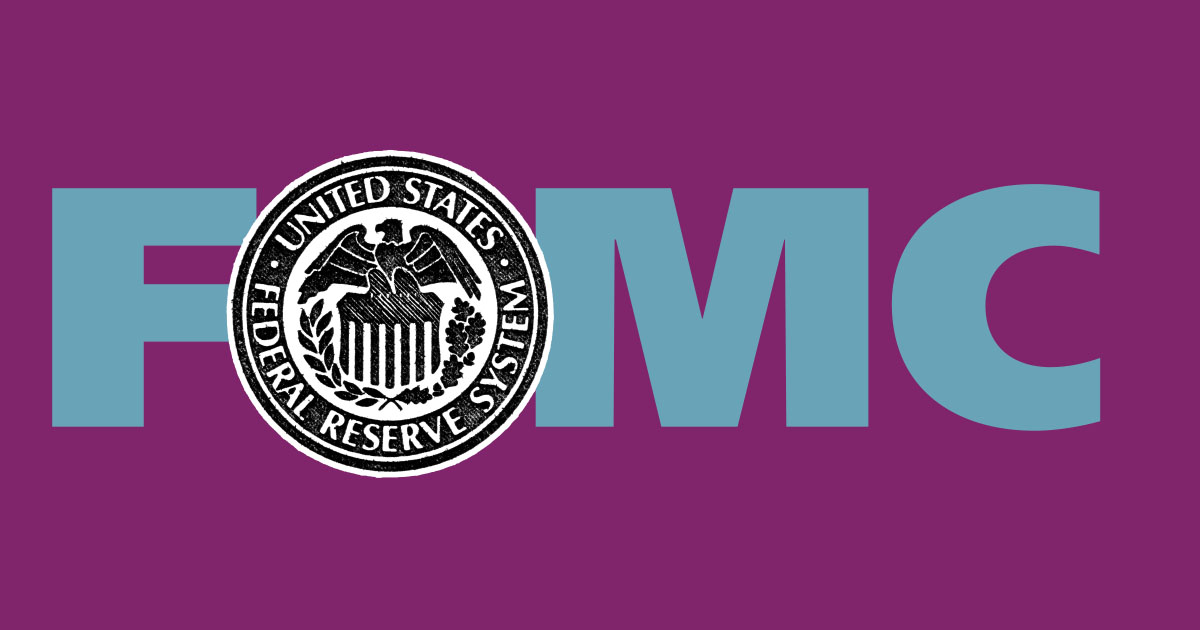

The U.S. Federal Reserve’s latest economic projections suggest policymakers are increasingly confident the U.S. economy could achieve a soft landing in 2024. However, we see several macroeconomic risks that could challenge that outlook.
With growing economic and political headwinds this fall, as well as still-sticky inflation trends, we believe the outlook the Fed presented may be optimistic. The U.S. unemployment rate will likely need to rise further than the Fed forecasts as the central bank seeks to achieve its price stability goal.
Updated projections paint a brighter picture
Although Fed Chair Jerome Powell at his press conference said he would not characterize the baseline outlook as a soft landing, the Fed now expects core inflation to cool from an estimated 3.7% at year-end 2023 to 2.6% at year-end 2024 with the unemployment rate rising to just 4.1% and growth only slightly below trend at 1.5% in 2024. Observers are welcome to call this “soft” or “soft-ish” or something else, but what’s important is how policy eventually manifests in the real economy.
We believe the Fed’s new projections – unveiled after its September meeting – imply an acceleration in productivity, along with a higher neutral rate (r*) in the short run, which would be enough to bring inflation back down toward target without a meaningful rise in unemployment or much damage to economic activity and growth. While the supply-side improvements (which Chair Powell highlighted) alongside the moderation in inflation and ongoing labor market resilience have been welcome developments for the U.S. economy this year, history suggests these trends may not continue.
The Fed remains focused on taming inflation: Officials signaled their intent to keep rates restrictive for longer than previously forecast, leaving intact the additional rate hike implied in their projection for 2023 and lifting their outlook for the federal funds rate at year-end 2024 by 50 basis points (bps) relative to the prior projections in June (the latest projections imply two 25-bp cuts following the peak). However, given the economic headwinds, we believe policymakers may be challenged to enact the additional rate hike this year and anticipate rates easing faster than the Fed is forecasting in 2024.
History is not on the Fed’s side
While Chair Powell highlighted the positive developments both on the supply side (as pandemic-era complications and constrictions ease) and in rebalancing the labor market, the Fed’s forecasts for 2024 appear unlikely in historical context.
In the past, major monetary policy tightening episodes akin to the one we’ve witnessed over the last year have rarely marked the beginning of a sustained expansion. In a sample of 140 hiking cycles across the last 70 years of developed market history, a recession has followed a rate-hiking cycle 75% of the time – and this figure increases to 90% for cycles characterized by elevated inflation when hiking started.
A soft landing for the U.S. economy is certainly possible, but in our view, recession risks are still elevated. Supply chain improvements after the pandemic should continue to moderate inflation, but tight labor markets and sticky wages could very well apply inflationary pressure absent a productivity boom. Other near-term trends, including the resumption of student loan payments, higher gas prices, and California income taxes coming due, could diminish the strength of the otherwise resilient U.S. consumer.
A prolonged period of tight policy has historically very rarely (if ever) ended in anything other than rising unemployment and economic contraction. Although history doesn’t always repeat, it often rhymes.

